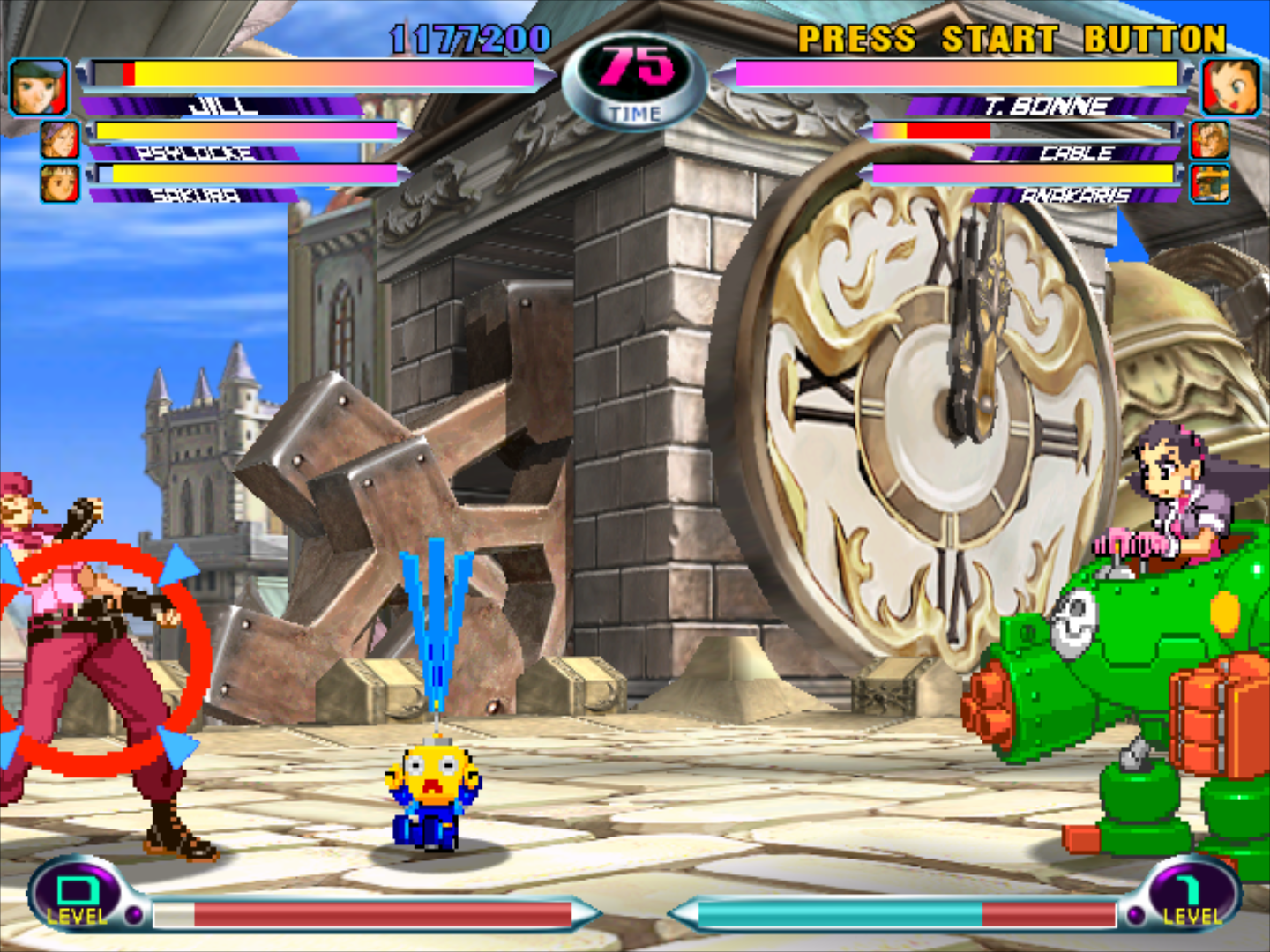

Cart ROM and movie file need to correspond. The video input is scaled with point filtering before being encoded at the correct size. This option will override any configuration settings. Sets path to a config file for use during recording.Īllows specifying the exact output width and height of recording. mkv extension is recommended.Ĭodecs used are (FFV1 or H264 RGB lossless (x264))/FLAC, suitable for processing the material further. ID is an unsigned number corresponding to the device for a libretro core.Īctivates video recording of gameplay into PATH. Possible values are 1 to 8.Ĭonnects a generic input device ID into port PORT. If set explicitly here, overrides config file for that port.Ĭonnects a DualAnalog controller into port PORT. This may be needed for some odd games to run properly. See verbose log output to learn how a particular subsystem wants content to be loaded.ĭisconnects an input device from port number PORT. If content is skipped, use a blank ("") command line argument.Ĭontent must be loaded in an order which depends on the particular subsystem used. Multiple content files are loaded as multiple arguments. Use a subsystem of the loaded libretro core. Multiple config files are delimited by ','.Įvery config file will be appended in order where the key-value pairs of the next config file takes priority over the old ones.
RETROARCH LIBRETRO WINDOWS
Windows will look in retroarch.cfg in same folder where retroarch.exe resides.Ī default config file will also be created in the same manner as Unix.Īppends a different set of config files to the config file loaded in -c (or default). If RetroArch creates a default config file, it will have config_save_on_exit set automatically. If RetroArch overwrites a config file, formatting, comments, etc will be lost. Settings can be changed from within the menu. If config_save_on_exit = true is set in the config file, RetroArch will overwrite the config file on exit. This allows distributions to set up default paths for libretro cores, and similar things.Ī configuration file does not need to define every possible option, only those which should be overridden. If RetroArch creates a new default config file, it will attempt to load the skeleton config file /etc/retroarch.cfg and use that as a basis. If all fails, default settings will be assumed. If both paths fail, RetroArch will try to create a new, default config file in $XDG_CONFIG_HOME/retroarch/retroarch.cfg (or the $HOME/.config default for $XDG_CONFIG_HOME). If $XDG_CONFIG_HOME is not defined, it is assumed to be $HOME/.config as per specification. Unix-like systems will look in $XDG_CONFIG_HOME/retroarch/retroarch.cfg first. etc/retroarch.cfg should serve as a skeleton config only. etc/retroarch.cfg (when installed), or retroarch.cfg in the source tarball serves as a skeleton configuration file. Should this not be defined, retroarch will look in platform specific paths to attempt finding the config file.

retroarch will use this path to load the configuration file. Disregards settings in configuration file. Using a different libretro could invalidate the save state file.Īlways starts RetroArch in fullscreen. If PATH is a directory, RetroArch will treat this as the save state directory, where the state file name will be inferred from the rom name.ĭo note that save states are bound to the libretro implementation being used. Without this flag, the save state path will be inferred from the rom path name, and put in the same directory as the rom file with the extention replace with '.state'. If PATH is a directory, RetroArch will treat this as the save file directory, where the save file name will be inferred from the rom name. Without this flag, the save ram path will be inferred from the rom path name, and put in the same directory as the rom file with the extention replaced with '.srm'. Overrides the path used for save ram (*.srm). This option is only available if RetroArch is compiled with dynamic libretro loading. This option will override any setting in a config file. Path to a libretro implementation which is to be used. Prints available features compiled into RetroArch, then exits. If no arguments are passed to retroarch, it is equivalent to calling retroarch with this as only argument. These can be loaded afterwards in the menu. Starts directly in in-game menu if enabled.ĭoes not require content or libretro implementation to be set.

zip/deflate format if support for it is compiled in.Ĭontent types supported depend on the libretro implementation used. Retroarch use uncompressed content, but can uncompress content in the. This will only work with some libretro cores.

If no rom file path is defined on the command line, retroarch will try to load a core with no rom.


 0 kommentar(er)
0 kommentar(er)
